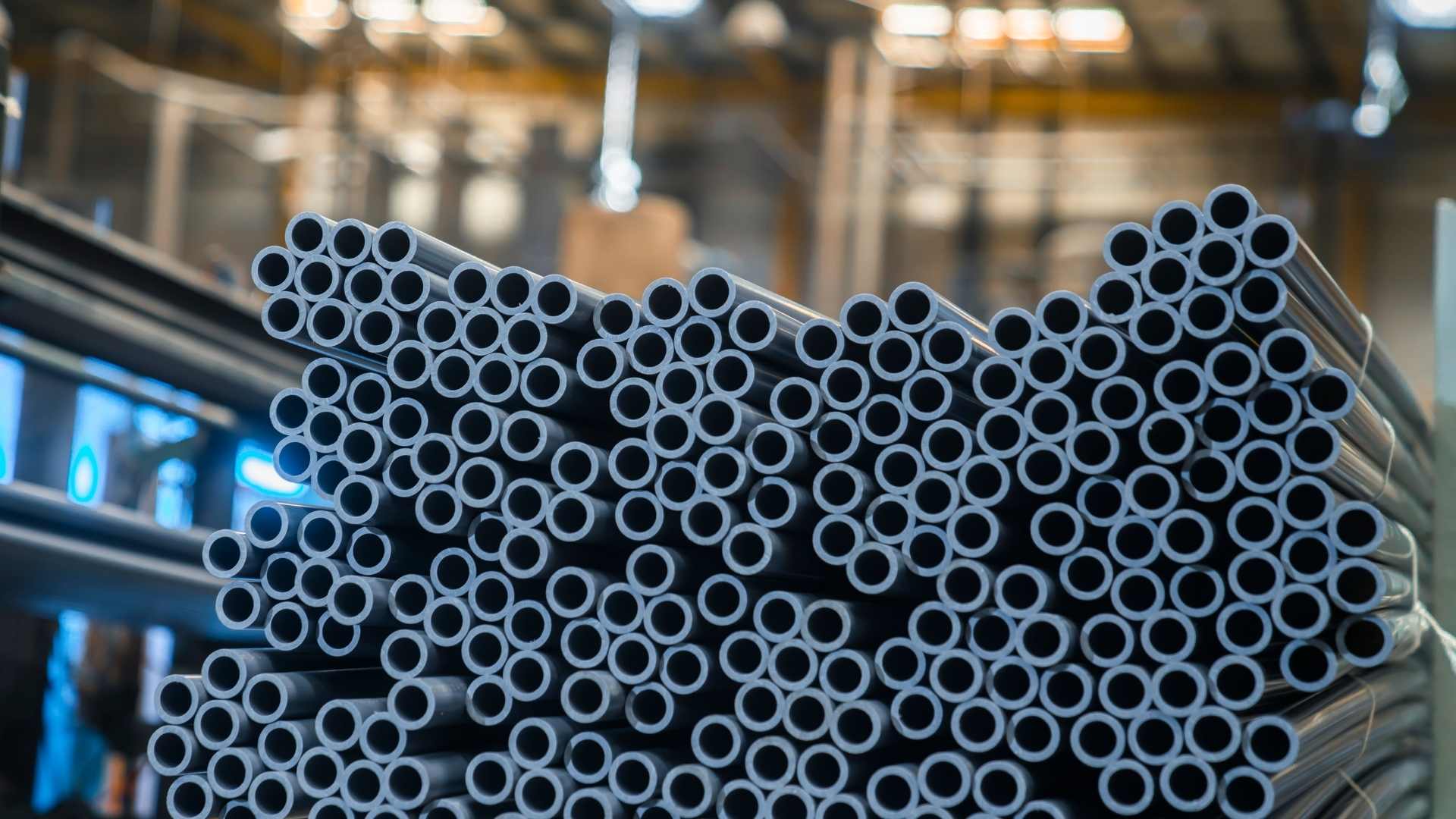How to set-up an In-ground Basketball hoop?
Having a mini-basketball set-up at home is a dream of many, in this article, we will provide you the important things to know that will help you out on achieving that dream. We will answer the questions such as What is the standard ball used in NBA / PBA, How high is the required height of the Hoop? What's the best location to set up your basketball hoop? and other information related to Basketball.
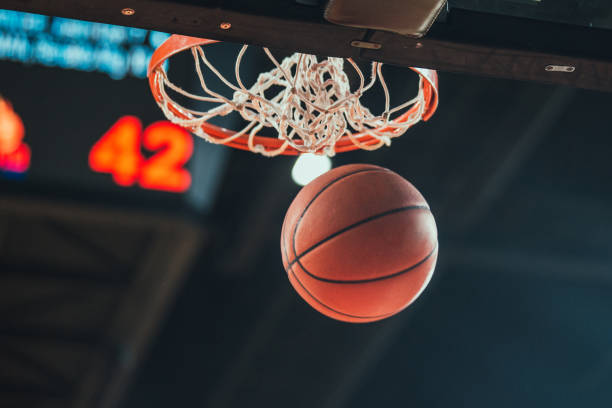
What is Basketball (sport)?
Basketball is a team sport in which two teams, usually of five players each, compete on a rectangular court with the primary goal of shooting a basketball through the defender's hoop, which is mounted 10 feet high to a backboard at each end of the court while preventing the opposing team from shooting through their own hoop. It is fascinating to watch a basketball game whether it is NBA or PBA. What are the differences between the two?
PBA
The Philippine Basketball Association (PBA) is a Philippine men's professional basketball league comprised of twelve company-branded franchised teams. It was founded in 1975 and is the second oldest continuously professional basketball league in the world after the NBA, established before the "open era" of basketball in 1990, when FIBA allowed longstanding domestic leagues, most of which predated the PBA, to become professional. The league's rules are a hybrid of NBA and FIBA regulations.
NBA
The National Basketball Association (NBA) is a North American professional basketball league. The league is one of the major professional sports leagues in the United States and Canada, with 30 teams (29 in the United States and one in Canada). It is the world's premier men's professional basketball league.
The main difference between the two Basketball associations is that the PBA is an association made locally, in the Philippines while NBA is a basketball association that is known worldwide.
What is the standard ball used by PBA and NBA players?
In PBA the official ball they use is Molten BG5000. While NBA's official ball game used in the latest season was Wilson.
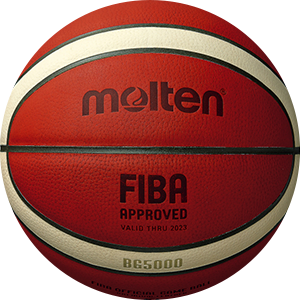
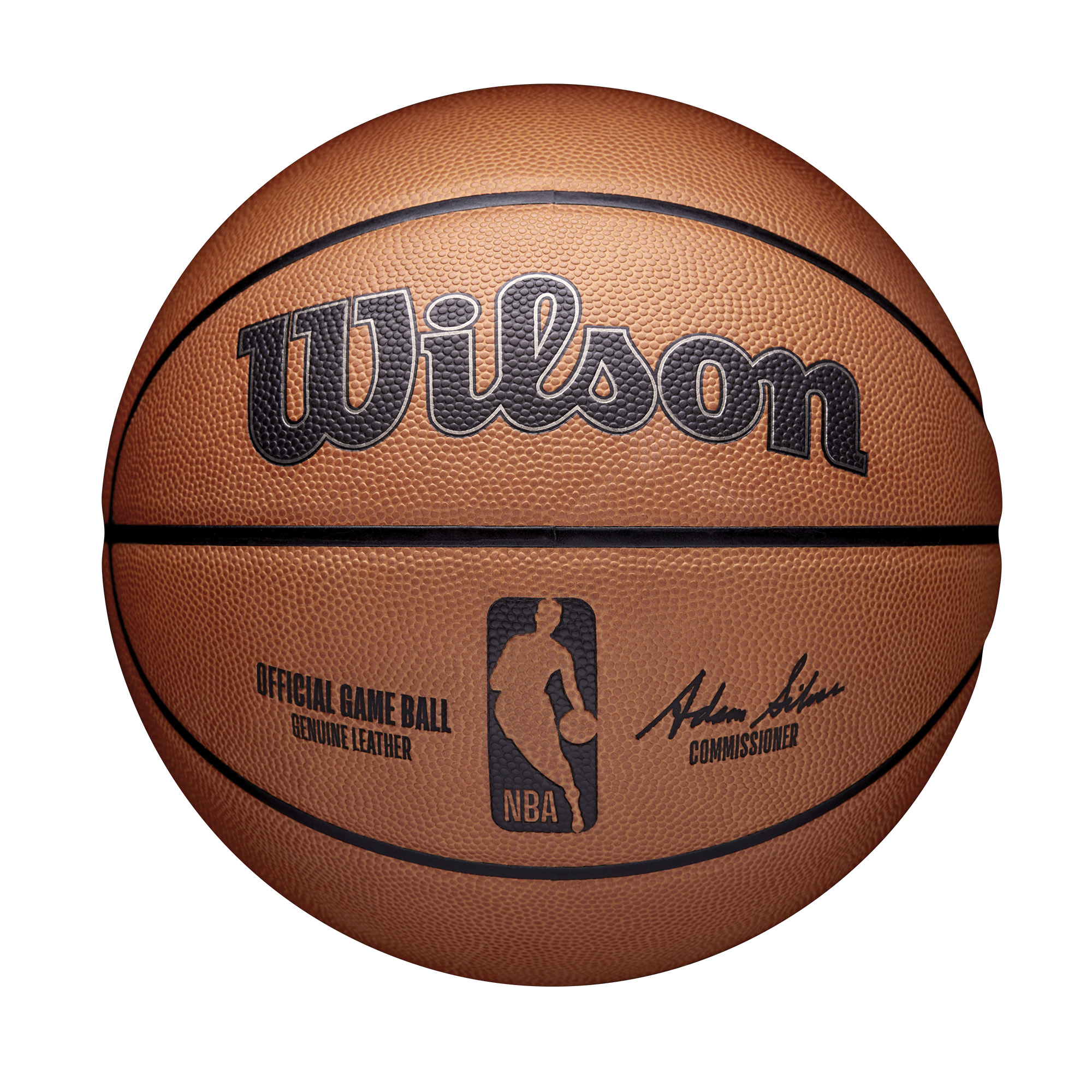
Playing this sport requires a Basketball hoop where you need to shoot the ball and score. Usually, there are Basketball courts in a subdivision whether it is an open court or covered court. But the problem is because Basketball is a popular sport many people want to play that occupies the whole area and suddenly, there are no vacant spaces left for you. Now, you have a vacant space in your lot and you wanted it to be a mini-basketball spot. Here are the things you need to know first.
1. Spot the best location.
Consider the immediate vicinity of your preferred hoop installation location. If there are any nearby bushes, shrubs, or other plants, they must be removed to make way for the goal. You should also consider how close you are to neighboring homes or properties, as well as the impact that stray basketballs may have. Pay close attention to nearby trees; you'll want to make sure your hoop can be raised to its full height without colliding with stray limbs.
2. Know the standard size of the hoop.
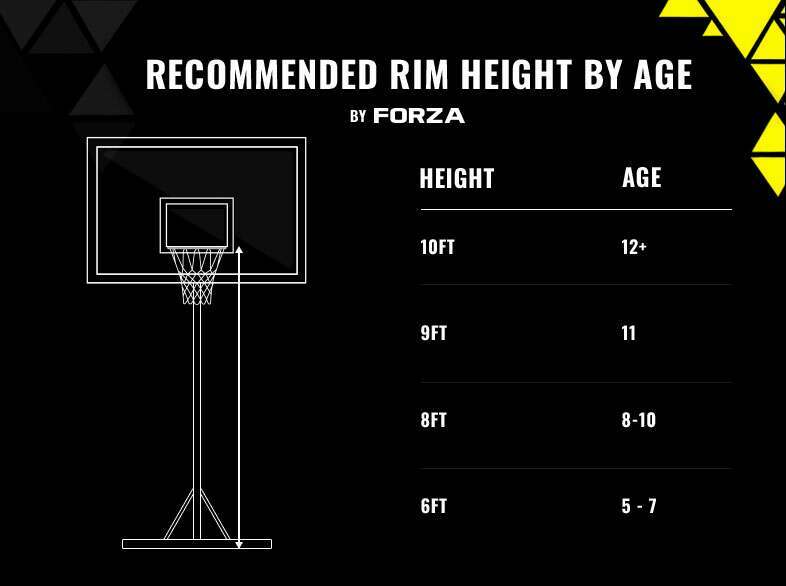
BASKETBALL HOOP HEIGHT GUIDE
A professional basketball hoop is always ten feet high from the floor to the top of the rim. How to measure the Ten feet for a hoop? The ten-foot measurement for a basketball hoop is taken from the rim's height to the floor. Many may be unaware that the teen foot measurements are not taken from the bottom of the net. The top of the rim is used as the height because that is how high the ball needs to be to go into the hoop. Official PBA / NBA Size (4ft x 6 ft x 12 mm) fiberglass with angular frame and 18” Snapback heavy-duty hoop. All basketball rims (hoops) are 18 inches (46 cm) in diameter.
How to set an In-ground Hoop?
1. Dig A Hole
The most important thing to remember is that the hole is large enough and deep enough so that the metal bars that form the anchor fit perfectly. This will give your basketball hoop more stability. You can dig with a shovel by hand or with an auger or other digging equipment. The hole should be 48" to 50" (1.2 m - 1.3 m) deep and 16-18" (0.4 m - 0.5 m) wide.
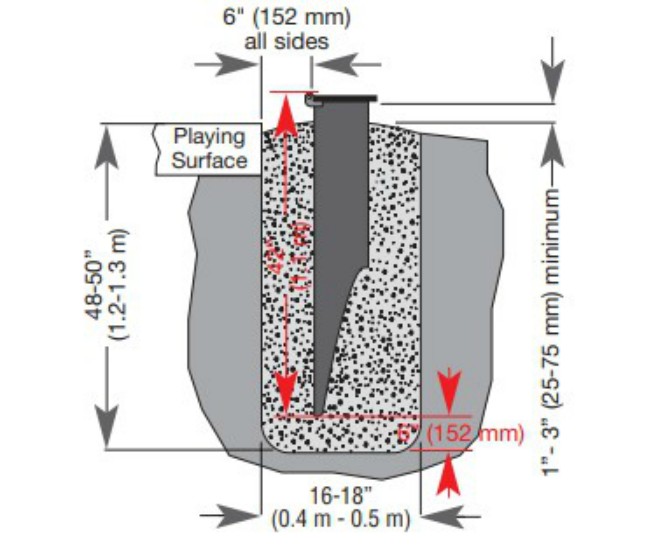
breakthroughbasketball.com
2. Pour The Concrete
An in-ground hoop would require 10-14 60lb bags of concrete, but it is recommended that you purchase an extra bag or two just in case. Concrete mixing can be a difficult process. You must ensure that the appropriate amount of dry concrete and water is used. If the mixture is too thin, it will not have the strength to hold the pole, and if it is too thick, it will be difficult to fill voids. 1.9 liters of water is ideal for a 60lb concrete bag!
Pour dry concrete into a container and make a depression in the center of the dry mix to prepare the concrete mix. Mix in the water until the mixture is firm enough. Allowing the mixture to sit for an extended period of time may cause it to dry out.
Pour concrete into half of the hole and insert steel bars inside. Check that the bars are properly aligned. Fill the hole with concrete and level it with a trowel tool once the bars are aligned. Make sure the surface is smooth and free of air pockets. After completing the preceding steps, place the assembled anchor in concrete and push it down the concrete solution. It must be installed deep enough to support the basketball hoop. It is critical to ensure that the assembled anchor is completely level! If the weather is warm, give the concrete at least 72 hours to cure. Wait an extra day or two for cooler weather.
3. Fix The Main Pole
One-piece, two-piece, and three-piece poles are available for in-ground basketball hoops. Because it reduces vibration and shakes, a one-piece pole is highly recommended. It is also resistant to rust and corrosion. The thickness of the pole should be 7 gauge rather than 11 gauge because the former is the STRONGER option. A thicker pole gives you a more enjoyable playing experience. It is more powerful, produces less vibration, and offers greater durability and professional experience.
In-ground basketball hoops use two types of anchors: threaded j-bolts and hinge anchor systems. The latter is easier to install.
Lift the pole above the anchor, position it correctly, and then bolt it down to the j-bolt anchor with a j-bolt anchor system. This process will require more physical effort because you will have to climb a ladder to attach the backboard, extension arms, and hoop.
The hinge ground anchor system, on the other hand, is less difficult to install and requires less physical effort. On the ground, you can assemble the pole, extension arms, and backboard before aligning the pole with the hinge mechanism. The pole is then secured with a bolt in an upright position.
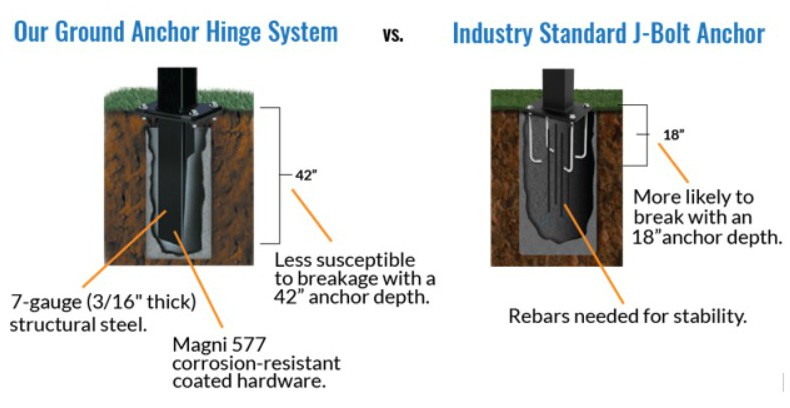
breakthroughbasketball.com
4. Install The Backboard
Backboards are classified into three types: acrylic, tempered glass, and poly-carbonate. Tempered glass is the best option for a professional experience!
Tempered glass has the best bounce and spin of the three. It's also shatterproof and thus safe. The backboard is already attached to the pole in some basketball hoop setups, but for hoops with a separate backboard, there are a few things to consider before installation. Because the backboards are heavy, it is recommended that extra manpower be used to lift and install the backboards while taking safety precautions. Raise the backboard to the support arms and secure it to the top mount.
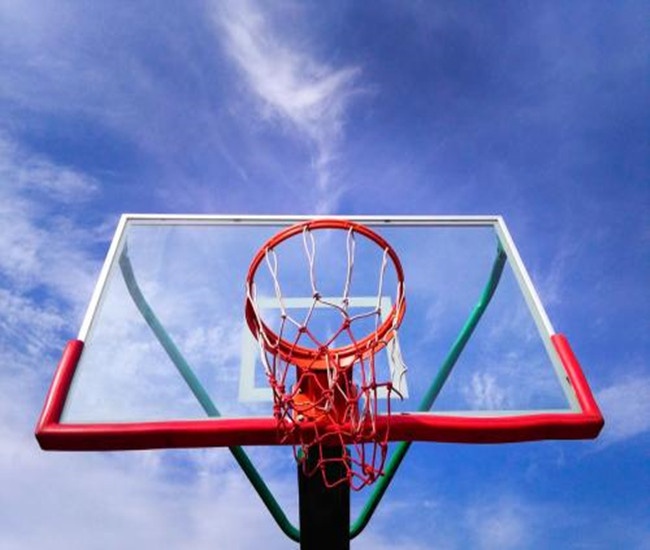
5. Install The Rim And Net
Another crucial step is to select the best rim for your hoop. This component of the system absorbs the most physical impact and thus must be long-lasting. It is recommended that you use a breakaway rim. At the point where it attaches to the backboard, it has a hinge and a spring that allows it to bend down when a player dunks.
You can do this by yourself but don't hesitate to ask for help from a professional if you really can't do it on your own. What's more important is the quality of the work and of course, your safety.
Please visit Ring Cartel PH's page if you want to set up your own basketball hoop in your backyard!
You may also like to watch this Mini Home Court in Six-Star Hotel Inspired Home Design by Architect Jordan Ong!




